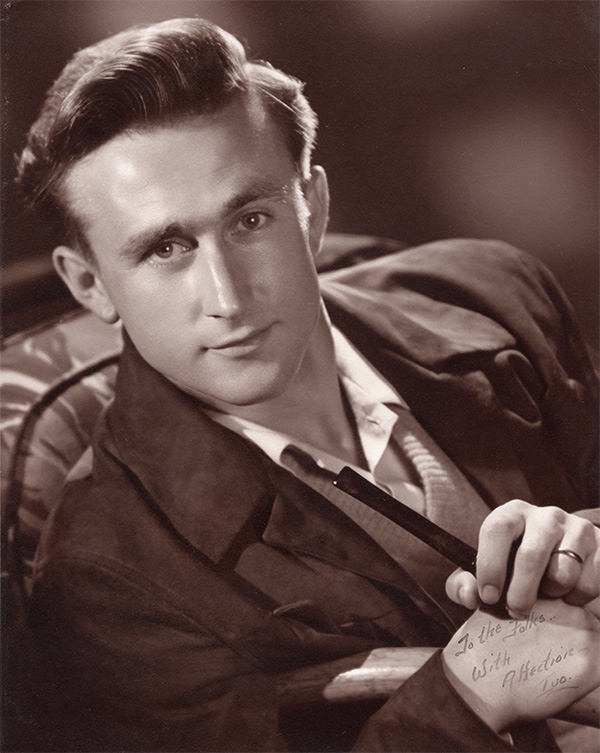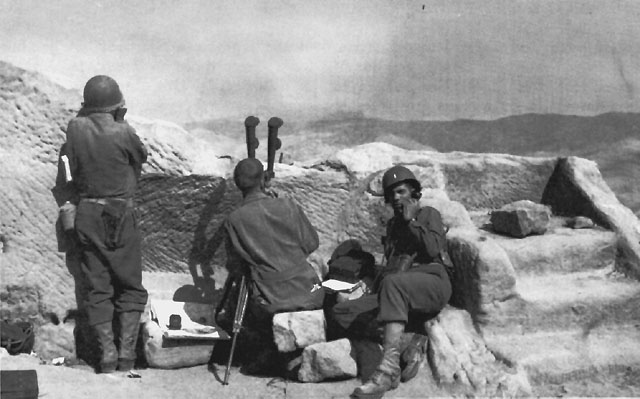Ivo J. Schommer
Forward Observer - 733rd Field Artillery Battalion - Battery B

IN LOVING MEMORY
Born on the fourth of July in Freedom, Wisconsin, grandpa Ivo couldn’t have been more patriotic. He loved his country, his wife who he married shortly before leaving for the war, and his twin daughters, who were born exactly nine months after returning home from service. The war was always a difficult topic for grandpa Ivo. He didn’t talk about the war much, never attended the Battalion reunions, and lost touch with most of his war buddies not long after he returned to California. After the war he went on to sell auto parts at a Chrysler dealership, then worked at an auto body shop as an estimator, later becoming the owner of his own shop. He enjoyed gardening – he always grew beautiful flowers and kept a number of bonsai trees that he started himself. He was well-read, had a witty sense of humor and was always quick to laugh. We miss him; I hope this website will help his memory live on.
04 July 1922 – 20 May 2003
FORWARD OBSERVER
Forward Observers played an important role in World War II. The job of the FO unit was to scout out the enemy and relay their location back to Headquarters Battery, who would then direct the guns (firing batteries) where to fire. Guns would fire their initial rounds while the FOs waited to see how close they got to their targets (then suggested adjustments). From their maximum range of 15 miles, the guns were accurate to a circle of approximately 75 yards.
Being a FO meant spending much of the time in ‘no mans land’ in a jeep with two or three other soldiers. Ideally their own artillery guns would be hidden behind hills or ridges, meaning they couldn’t see the enemy position at all from where they were firing. Forward Observers could be several miles ahead of their battalion seeking out enemy positions and acting as the eyes of their battery. Sometimes when they were scouting, FOs would attach themselves to infantry divisions (foot soldiers) to reduce vulnerability. Needless to say, being a Forward Observer was a very dangerous proposition. Casualty rates for Forward Observers were similar to those of infantry. Two of the soldiers who died in the 733rd were engaged in forward reconnaissance when they were hit by enemy fire. Recommended reading: Patton’s Forward Observers (book). The photograph below depicts a typical FO unit during WWII.

